In 1961, the folk guitarist Barry Kornfeld moved back to Manhattan after spending a year in Boston. The Greenwich Village folk musicians he called friends, who before his trip to Boston had been enduring a hand-to-mouth existence, were now making a living playing their music in clubs along MacDougal Street — not necessarily “a good living,” Kornfeld noted, but certainly enough to get by. Kornfeld spotted another difference, too. Audiences at clubs weren’t merely clapping; they were snapping their fingers in appreciation, which felt like the hippest thing ever.
Rolling Stone writer David Browne’s latest book, chronicling the history of Greenwich Village music, pivots around 1961. This was the year Greenwich Village transformed itself into the Greenwich Village of popular fable, a utopia of self-generating mythologizing and, as Browne’s subtitle puts it, “America’s Bohemian music capital.” In truth, Greenwich Village had always been culturally noteworthy: out on a limb, even. When, in 1811, plans were implemented to impose order on the urban chaos of an emerging New York City with a system of street grids, Greenwich Village was excluded to maintain its streak of independence. This was where Caffè Reggio, opening in 1927 and still trading today, introduced cappuccino to America; the Village was a rough-and-ready part of town where artistic types could actually afford to live.
Before 1961, people tended toward inventing their own idea of Greenwich Village as they went along. Yes, there were clubs devoted to jazz and to folk music before 1957, when Browne chooses to open his book, but nobody was thinking of the future. Greenwich Village clubs existed under the cosh of both the licensing laws of the city, and also gangsters, prone to looking around premises before suggesting what a pity it would be if all this burned down. The hub – and indeed heart – of the folk music scene then was Washington Square Park, where folkies gathered to sing outdoors, communal hootenannies that took a break during the cold of autumn and winter.
By 1961, though, the Village’s music scene had become more organized, and the music it incubated was breaking into the wider world. We’re plunged into the yester-year of now-mythic clubs: Café Wha?, the Gaslight, Gerde’s Folk City for folk musicians; the Village Vanguard, Five Spot and Cafe Bohemia for jazz. And we learn of guitarist/vocalist Dave van Ronk, the conscience of the Village, his rootsy fusion of blues, folk and jazz pointing the way forward. The eponymous debut album by an eccentric Minnesota-born singer who traded under the name Bob Dylan, recorded in November 1961, was released in March 1962, a few weeks after the release of an album by tenor saxophonist John Coltrane, Live At The Village Vanguard, which rearranged the molecules of modern jazz wholescale. The Village Vanguard, on Seventh Avenue South, boasted a history that stretched back to the early 1930s, but the fervently progressive message of Coltrane’s album, also recorded in 1961, crystallized the notion that the Village Vanguard was synonymous with the jazz advance. Miles Davis, Thelonious Monk and Sonny Rollins also took regular slots at the club, but Coltrane caught the imagination more keenly.
Browne excels in weaving these disparate slices of life together to form an appetizing whole. There’s the echo of that eye-popping recollection from Dylan’s Chronicles Volume 1 when the singer sat in with jazz pianist Cecil Taylor, whose revolutionary approach to his instrument involved unleashing swarms of tonality-busting notes around the keyboard, which were punctuated by percussive slammed-down clusters. But, like cats stalking their territory, folk and jazz musicians tended to keep a wary distance from each other. Fur could fly when they inadvertently crossed paths. When bass player Steve Swallow, then working with the trio led by free jazz clarinetist Jimmy Giuffre, found himself at the Bitter End club on Bleecker Street, listening to three young folk singers who knew only six songs between them, and couldn’t agree on the chords, his contempt was palpable.
That trio of folk musicians turned out to be Peter, Paul and Mary, soon to be a folk supergroup, but then finding their feet. Swallow later conceded that the contempt he felt for their rudimentary musicianship was fueled by his gut telling him that they were destined to be incredibly successful — no doubt selling more albums than he could ever dream of. He might have preferred to hear Dylan and Taylor perform on the same stage at the same time, and the idea makes you wish someone happened to have an acetate tape recorder at the ready — what could they possibly have performed together, and how did it sound? We will never know, but Browne soon enough introduces us to a fresh cast of characters, with ears generous enough to hear exactly what was going on — and with budgets to match.
Peter, Paul and Mary — alongside Dylan and other folk artists associated with the Village such as Carolyn Hester, Judy Collins, the Clancy Brothers and Tom Paxton — would all be picked up by major record companies and handed generous recording advances. John Hammond, the producer from Columbia Records, who a generation earlier had been instrumental in clinching the popular successes of Benny Goodman, Billie Holiday and Count Basie, took a chance on Dylan against best advice. Bob Dylan, the debut album, did reasonable business, but Hammond’s faith in his signing paid off handsomely with the follow-up in 1963: The Freewheelin’ Bob Dylan, a smash-hit and arguably Dylan’s signature record.
Albert Grossman, about to become Dylan’s manager, soon floats through Browne’s pages, guided by his informed intuition that folk music might soon be as lucrative as jazz. He joined forces with George Wein, founder of the Newport Jazz Festival, then America’s premier jazz festival, to kickstart a folk festival in 1959. Grossman listened carefully to a parade of folk musicians before deciding that Mary Travers, Peter Yarrow and Noel Stookey had that nebulous quality of vocal blend and individuality that he was seeking in a vocal trio. He wheeled and dealt to have Peter, Paul and Mary signed to Warner Brothers (Peter, Paul and Mary not Peter, Noel and Mary because Stookey decided to use his second name) and had them cover “Blowin’ In The Wind” from Dylan’s second album, who he was by then managing. Grossman was becoming an expert in manipulating the music business: the Peter, Paul and Mary version of “Blowin’ In The Wind” sold in vast quantities, which helped place Dylan center-stage.
To those idealistic, committed folk musicians who, only a few years earlier, had been playing in Washington Square Park, and defending their patch from road-building schemes and charges of moral depravity, the very idea of a music business — never mind one that could be manipulated, and for money — was complete anathema. How long did that period of apparent unsullied creative purity persist? A few months, weeks even? By the time Browne’s narrative reaches 1966 he notes that the “West Village coffeehouse world was becoming such a self-parody that it was ripe for an entire book of spoofs.” Yet the reality on the ground was more nuanced than that might imply.
Musical styles in the Village were multiplying like cells. Greenwich Village jazz kept faith with the more progressive wing of the music. This was not where bankable stars like Oscar Peterson and Ella Fitzgerald performed; it was where Mingus, Monk and Rollins continued to push the envelope and from where Coltrane offered up a new album in 1966, Live Again at the Village Vanguard. Dylan had become big business and had moved away from — or betrayed, depending on your perspective — his acoustic roots to embrace plugged-in amplification and rock rhythms. As a Rolling Stone writer, Browne is in his element as he documents the arrival of rock music, and how rock greedily sucked up any music surrounding it. A new generation of jazz musicians associated with Miles Davis as he was edging toward jazz-rock — Herbie Hancock, Wayne Shorter, Tony Williams — appear, and the focus turns toward Patti Smith, the Velvet Underground and Suzanne Vega.
Browne confesses in his introduction that he has applied a strict geographical definition of Greenwich Village, so you’re not going to read how the spirit of the Village spilt into landmark punk club CBGBs on the Bowery, or beyond. His focus on folk, jazz and rock means other stylistic persuasions are absent. There’s no mention of Edgard Varèse, the expat renegade French composer who lived on Sullivan Street until his death in 1965, and who famously incorporated sirens into his orchestral work. Varèse was integral to the spirit of the Village, too; ev ryone from Charlie Parker to Pierre Boulez sought him out, and his music blew Frank Zappa’s mind. There’s no account, either, of the occasion in 1963 when John Cage led a performance of Erik Satie’s eighteen-hour long “Vexations” — the same short passage of music looped toward conceptual infinity — in the Pocket Theatre on Third Avenue, a performance that involved his near namesake John Cale who, a year later, morphed into a founder member of the Velvet Underground.
Still, everyone must invent their own Greenwich Village, and Browne’s breezy, concise book is his own view, expertly told, packed with head-turning detail and local color. Any book about the artistic life of the Village is destined to end with that anticlimax of once cherished music venues transformed into banks or soulless chain coffeeshops. That reality bites hard — making the mythology surrounding a city that once made space for artists, who could change the world, feel incalculably precious.
This article was originally published in The Spectator’s October 2024 World edition.



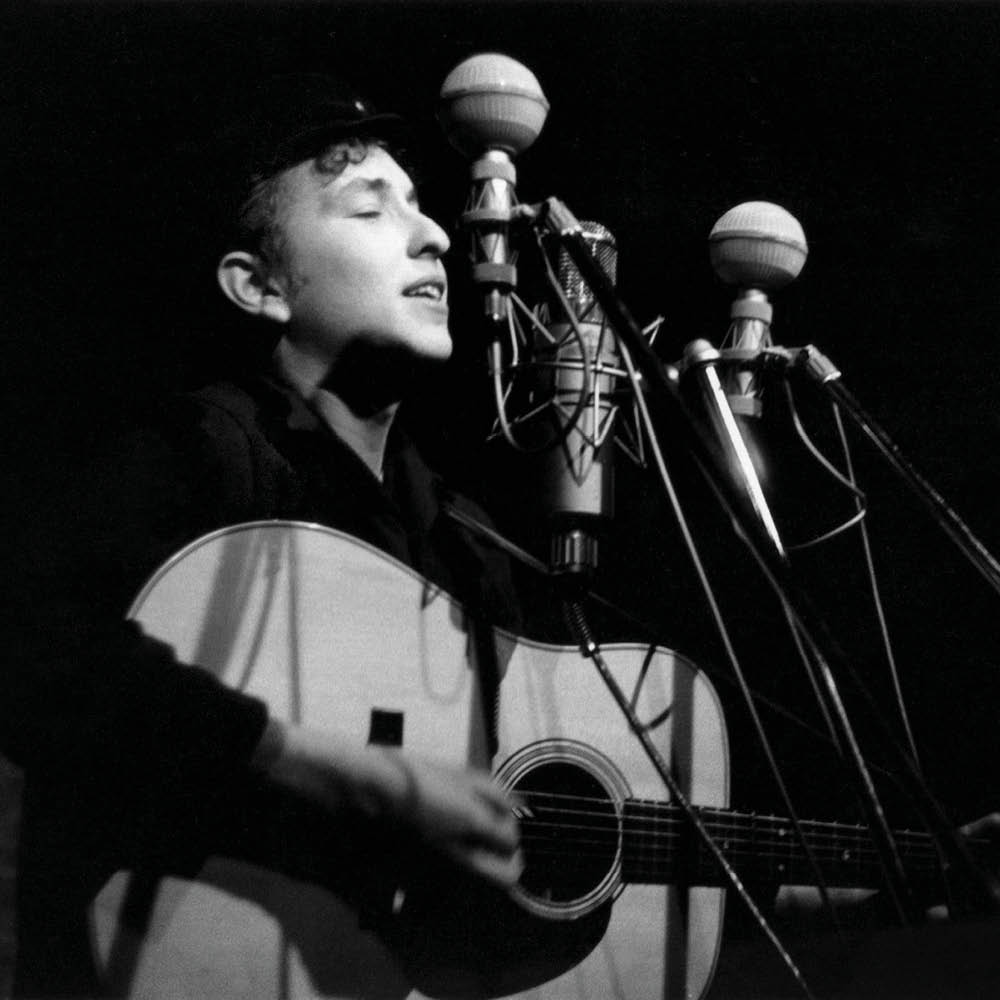






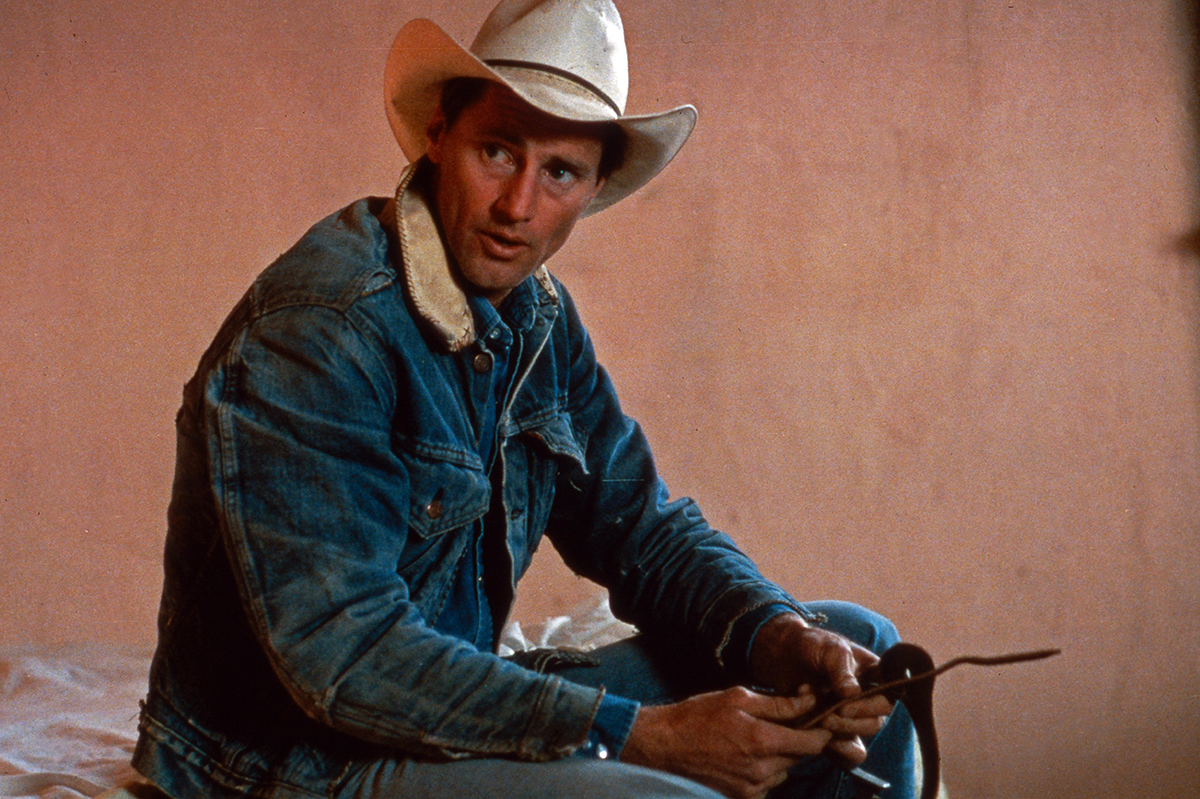

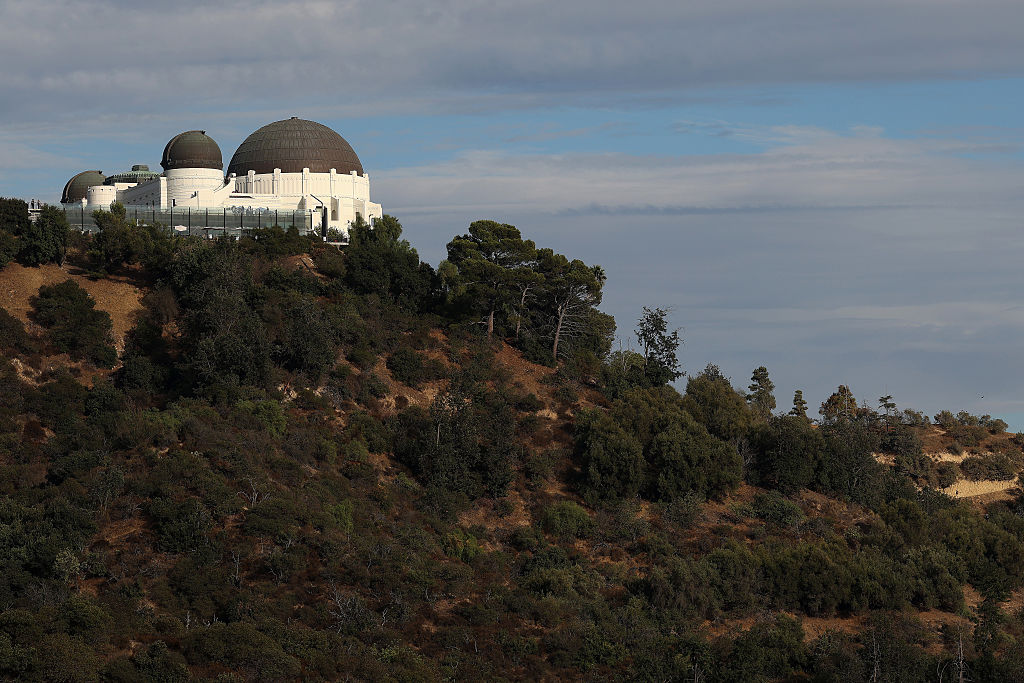
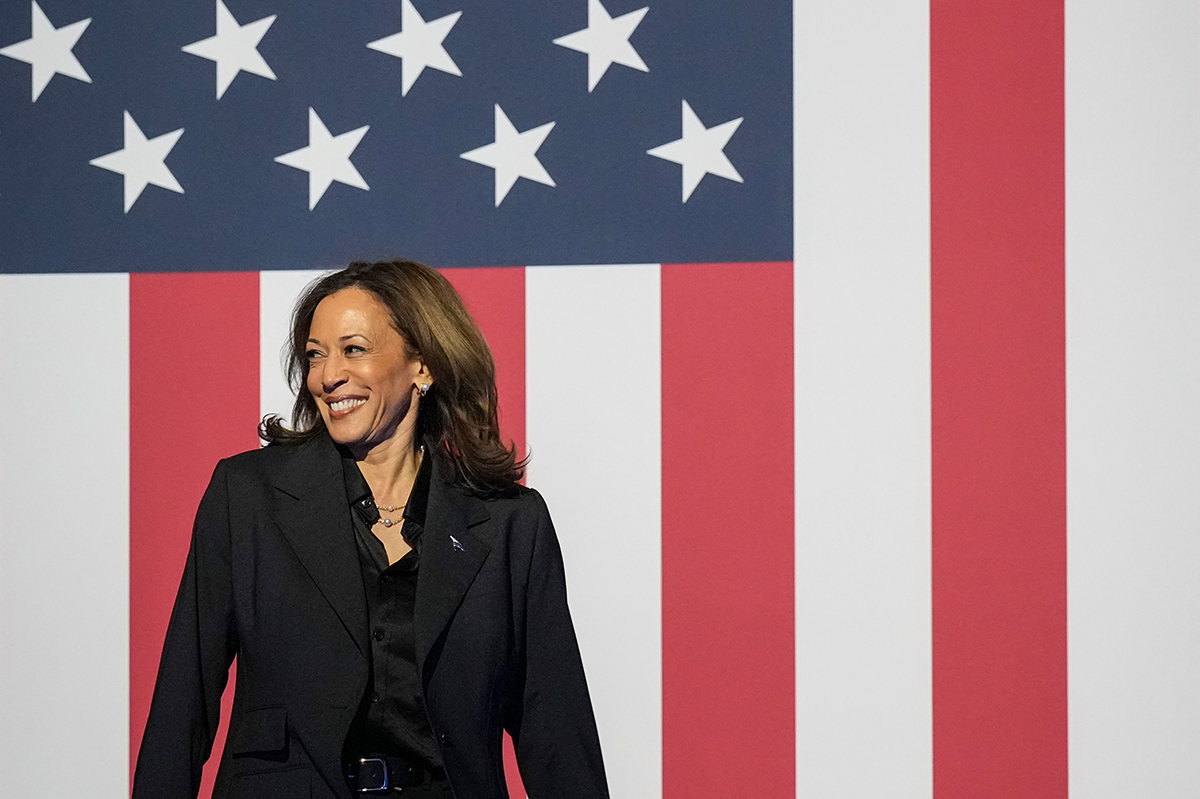
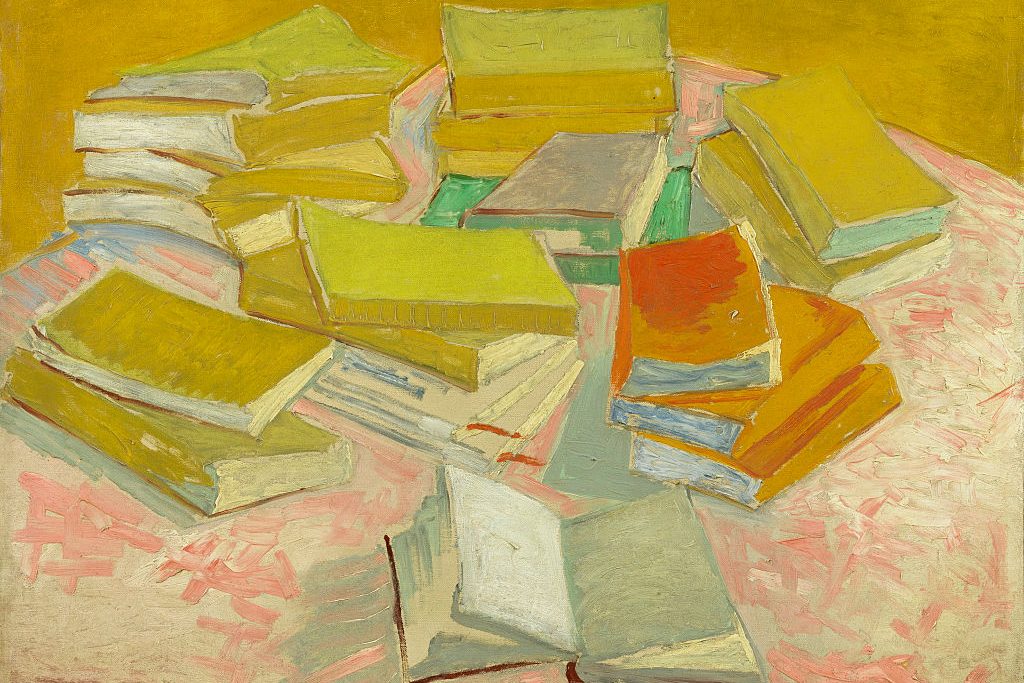
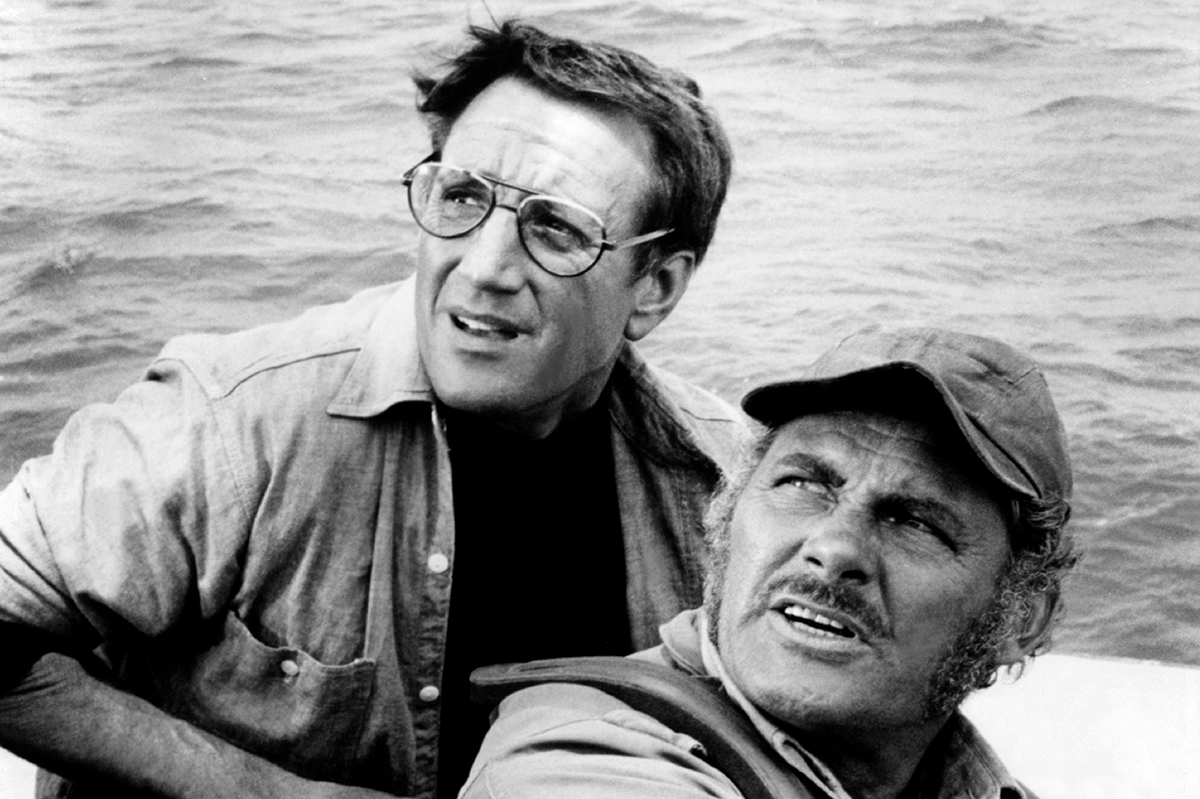







Leave a Reply